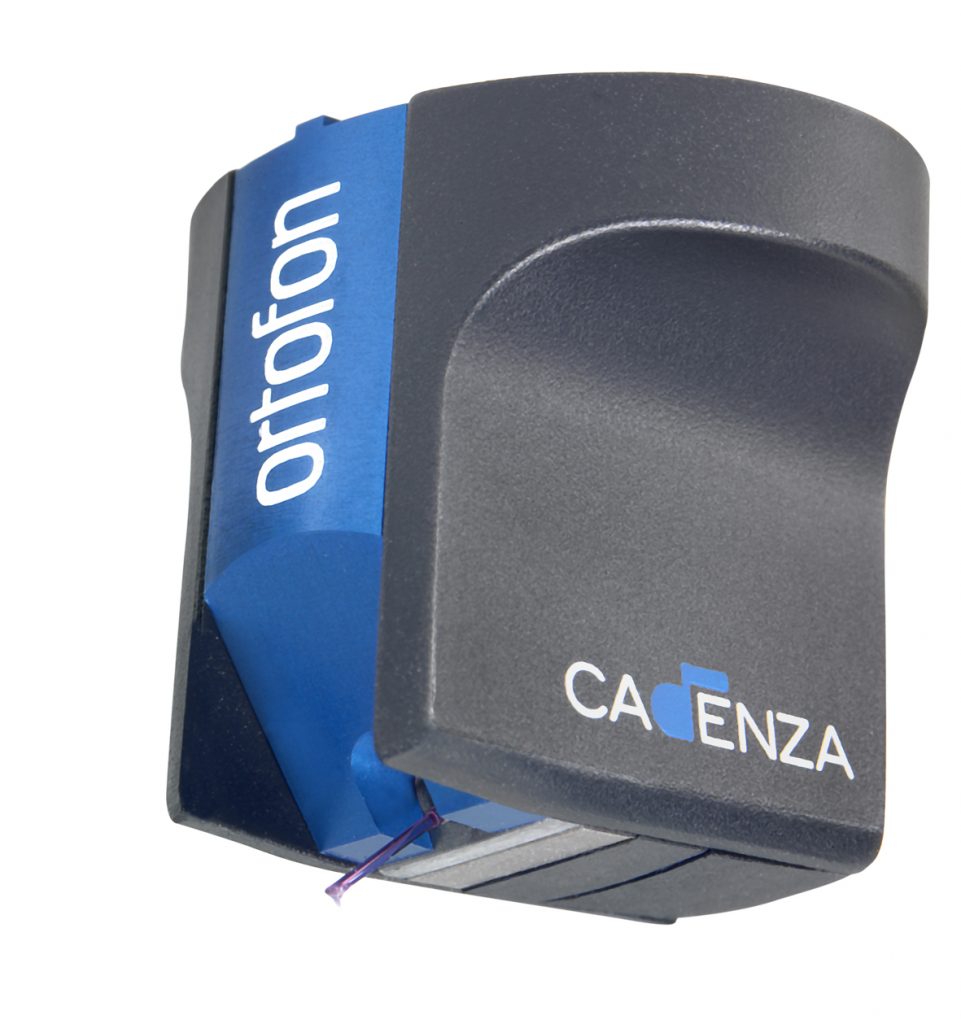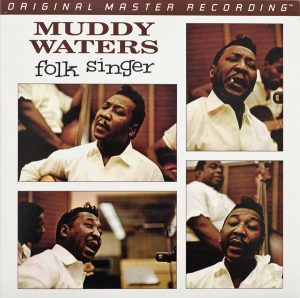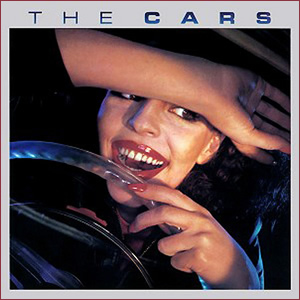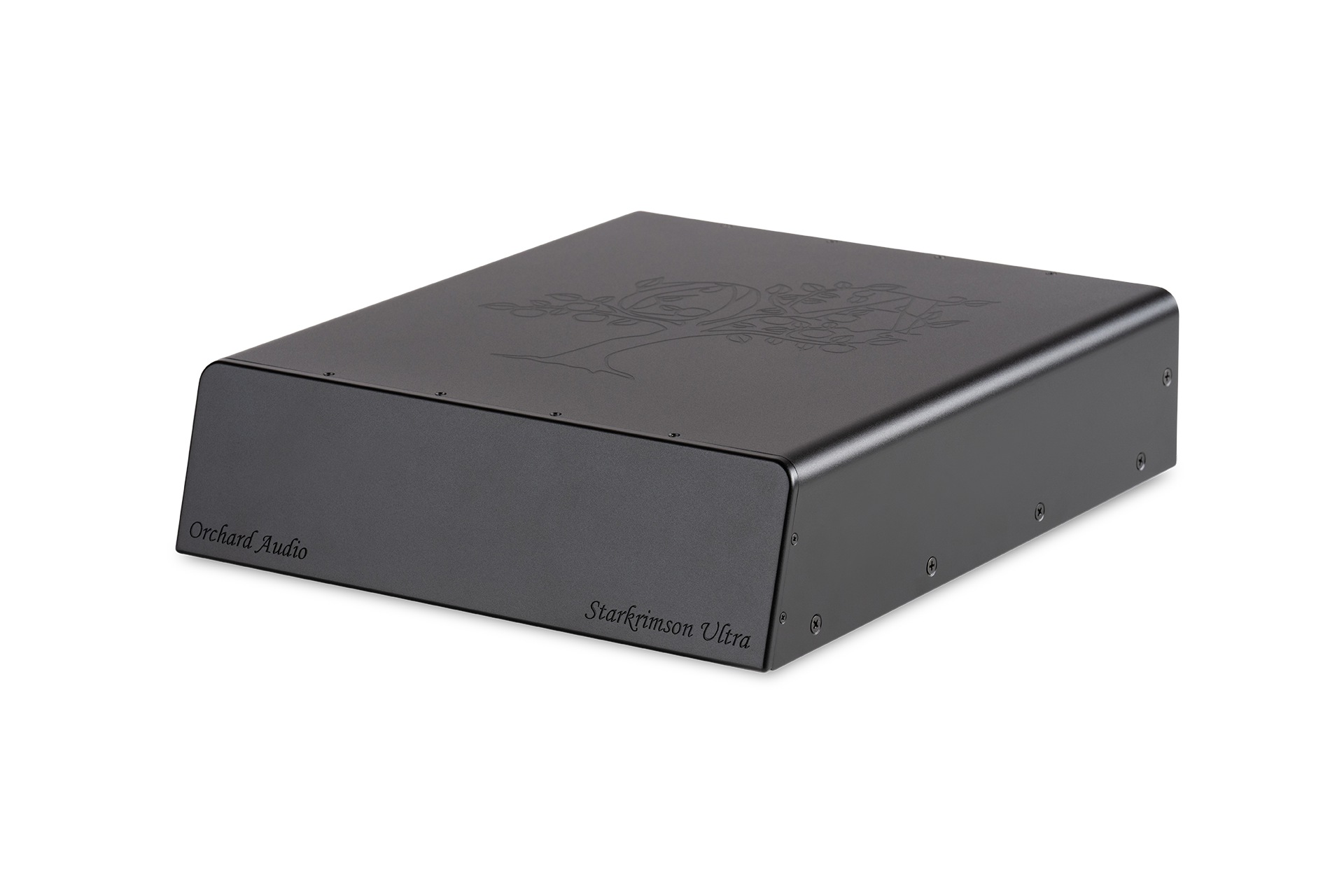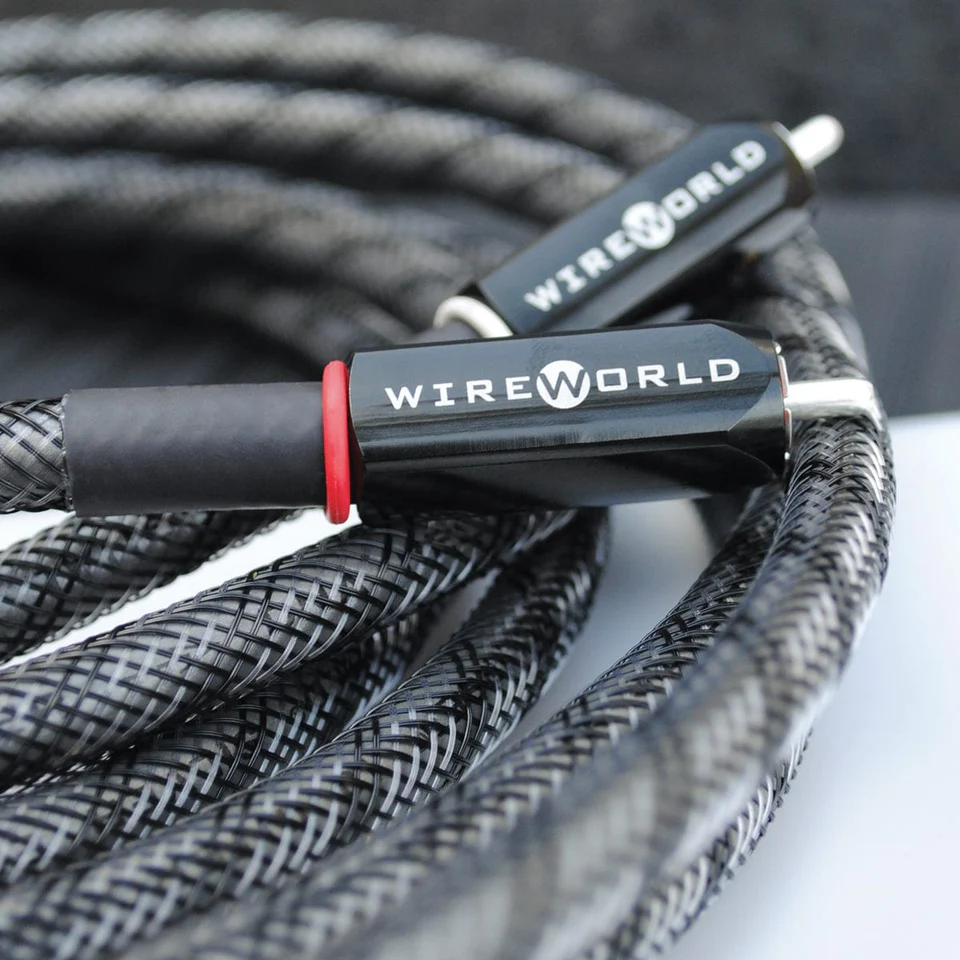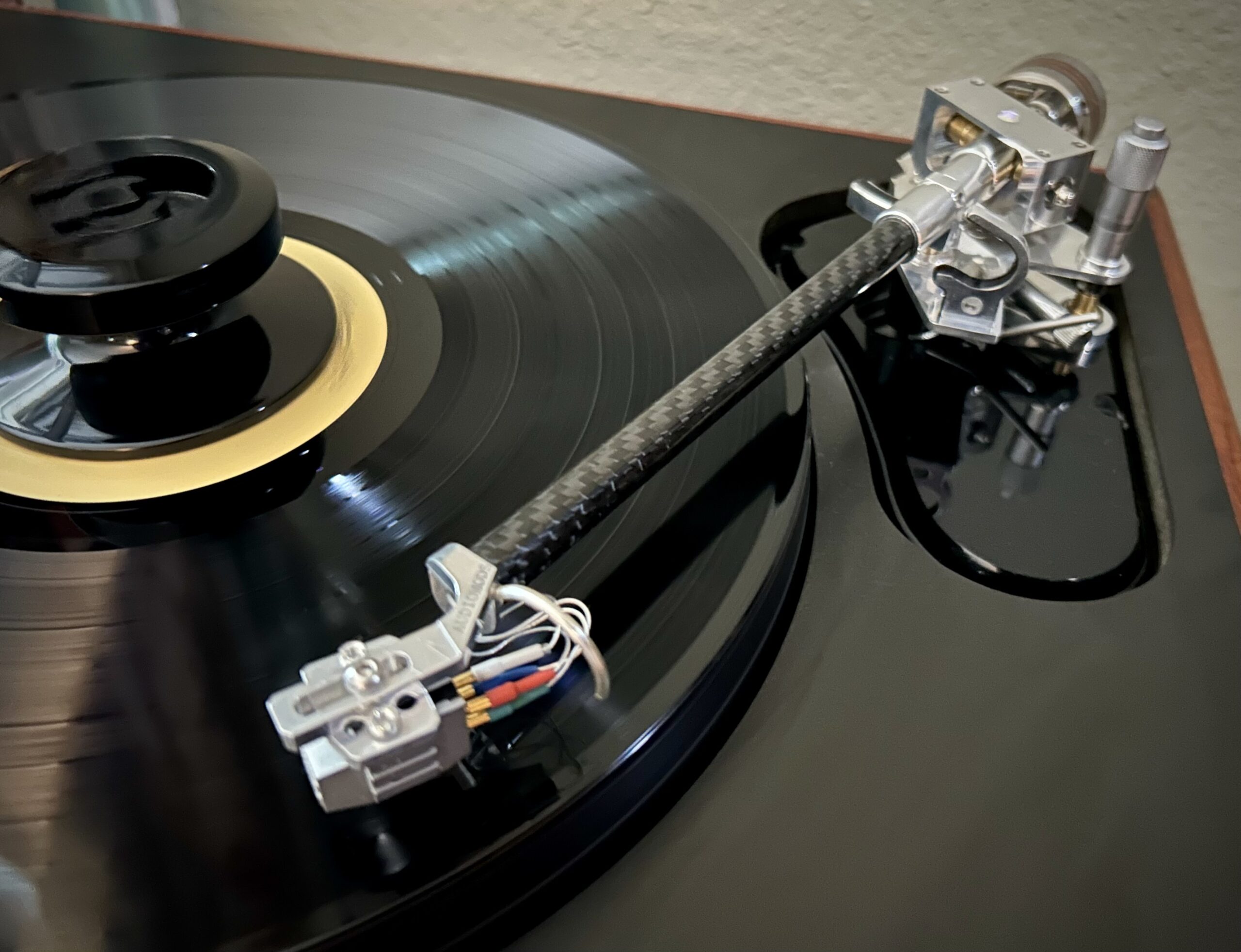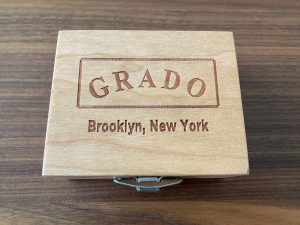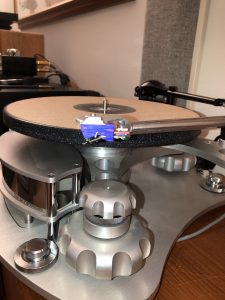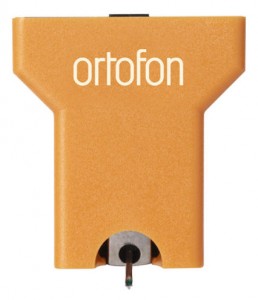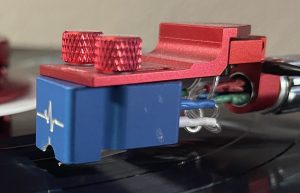Over the years a wide array of cartridges have passed through my reference system. While I cannot claim to have had serious relationships with designs from every cartridge manufacturer in our hobby, I have listened extensively to products from Dynavector, Shelter, Sumiko, Koetsu, Transfiguration, Benz Micro, and more than a handful of others. Over the past few years I have developed an affinity for the Ortofon Cadenza series of moving coil cartridges. For approximately three months I have been logging quite a few hours on an Ortofon Cadenza Blue, and this cartridge has emerged as a personal favorite in the Ortofon line up. The Cadenza Blue, along with the Quintet Black, are unusual offerings for Ortofon, as these are the only two cartridges in their broad product line that use gemstone cantilevers. While the final presentation from any cartridge is a sum of all its parts, the contributions of a sapphire or ruby cantilever are significant, and factor prominently into the final personality of these pickups. As many readers are aware, the Ortofon Cadenza line is identified by four colors, and each cartridge is a distinct design that stands on its own merits. Every cartridge from the Red to the Black has its own unique strengths and are the finest offerings that the design team can offer at their respective price points. The Blue occupies the second position in the Cadenza hierarchy and has an MSRP of $1889.
The Cadenza Blue can be considered a descendant of the Kontrapunkt B, which is the first Ortofon cartridge I remember using a gemstone cantilever. The vinyl community embraced the Kontrapunkt B, and recognized its combination of performance and value. Yet the design team in Denmark decided to press forward and create a next generation cartridge in the Cadenza line that benefited from the strengths of the earlier design; yet incorporated a package of refinements that further pushes the envelope of performance. Just because the Cadenza Blue is fitted with a ruby cantilever and the FG 70 stylus, this does not mean it's a gussied-up version of the Kontrapunkt B with a larger price tag. The Blue is housed in a stainless-steel frame with an aluminum exterior, while the Kontrapunkt B was a combination of stainless steel and plastic. The improved rigidity and dampening of the new body ensures that the generator system can react to the smallest inputs from the tip assembly. Hidden deep within the innards of the new cartridge is an armature that has been improved with integral guides that allow for tighter tolerances during the coil winding stage. This results in improved channel balance and separation, which is one incremental contribution of many that yields superior sound. Ortofon has also developed and produces their own proprietary suspension material, which increases the responsiveness of the stylus assembly, and further reduces unwanted resonances. Every Cadenza moving coil is custom built by specialized technicians at the Ortofon facility. Each cartridge is comprehensively evaluated, and these measurements include the use of Ortofon's proprietary test record. All test measurements are captured, tracked, and cataloged, which provides a database to evaluate manufacturing consistency. Ortofon produces high performance cartridges that have minimal variation in construction tolerances; and management has established an exhaustive quality control program to ensure a positive outcome for the customer. While the average hobbyist may not be aware of this, those who care about the history of audio are cognizant of the fact that Ortofon introduced its first moving coil cartridges roughly 70 years ago. This latest generation of Cadenza cartridges is a culmination of decades of research and experience in the field of analog playback, and very few companies can boast of a rich and lengthy history as this.
The Cadenza Blue is a stout cartridge, as the stainless steel and aluminum housing weighs in at 10.7 grams. The tracking force range is listed as 2.2 to 2.7 grams, with 2.5 grams being the recommended setting. Static lateral compliance is given as 12 μm/mN, which most people would translate to 12 dyne. Output voltage of the Blue is .5 mV, while frequency range is -3dB to 20Hz to 50kHz. As previously mentioned the stylus is a FG70 profile mounted to a ruby cantilever. One interesting aspect to the Cadenza Blue is this cartridge is extremely easy to listen to straight out of the box. My standard procedure consists of playing a cartridge for a fifty-hour break in period before I start taking notes for a review. Within the first ten hours I found the tonal balance to sort itself into an evenly balanced octave to octave distribution; and continue to gain in finesse and refinement up to the thirty-hour mark. I did not notice any significant changes between the thirty and fifty-hour intervals.
I installed the Cadenza Blue on a Technics SP 10 MK II and Riggle Engineering String Theory arm. While I initially set the tracking force close to the top of the stated range, I eventually settled on the recommended 2.5-gram setting. Vertical Tracking Angle and alignment was easy to achieve due to the architecture of the Cadenza Body. During the alignment stage I used a strong back light which causes the ruby cantilever to literally glow, and this makes it easy to see against the protractor. The phono stage used for this evaluation is an Esoteric EO3, which I set to the 100-ohm position. Amplification duties were handled by a First Watt F7 amplifier and B1 pre-amplifier. Clean power to all components is supplied by a PS Audio P10 AC regenerator. A pair of JBL 4365 speakers completed the system, and cabling came from Wireworld, VH Audio, and PI Audio Group.
Every cartridge in the Cadenza line up is a carefully refined design that allows for the presentation of music in a distinct manner. This is not a matter of good, better, and best, even though there is a price hierarchy within the family. Rather, the Cadenza line is an exercise in materials and tuning philosophies, with each cartridge defined by the interactions of materials selected. The Cadenza Blue is created to maximize detail retrieval from a record, and yet accomplish this task without skewing the frequency response, or creating unnatural phase shifts that result in the facade of heightened resolution. Even though the Blue is a remarkably detailed cartridge, it does not sacrifice the integrity of the music to accomplish this. When listening to Ben Webster's defining work in "Soulville", [Soulville; Ben Webster Quintet; Verve/QRP MG V-8274] I get drawn into the big, bold, and alive sound of Webster's sax playing. The tone is metallic with a slight edge, yet has the underlying reediness that defines the instrument. All the personality of the saxophone comes through my system in a beguiling manner, and I just sit in my chair soaking it all in. When a cartridge can unearth all the layered nuances of a recording, the music comes alive because all the subtle shadings an artist imparts in the music are delicately revealed to the listener. For instance, the bass solo by Ray Brown on this song is tight and extended, yet there is another aspect to the sound that brings the music alive. There is more than the resonance of the acoustic bass body, for it also contains the texture of the strings being pulled, the vibration of strings caught against the neck, and the leading and trailing edges of the notes as each one fades into space and its place is taken up by its companion. The recording is energized by the proper timing and color of the Cadenza Blue. Now I know many an audiophile that claim not to care for detail in their playback systems but prefer to be aficionados of tone. I can understand that, but when you hear detail in the way this cartridge provides, well, it opens an entirely different aspect to vinyl playback that is lost when using lesser cartridges.
Another attribute of the Cadenza Blue that I find captivating is how this cartridge portrays space. The question of how the dimensions of a recording venue are integrated into the music is a complicated one, especially since the "studio room" in most popular music is an artificial construct. Yet when you hear this cartridge on a classic recording such as Muddy Waters Folk Singer, you get to experience what the venue and mic technique contribute to the music; for they are an element of a performance just like any instrument is. The room reverberations in the Tel Mar recording studio are razor sharp, with a definition that is uncanny. The Cadenza Blue keeps this aspect of the recording tightly focused, and it is possible to listen to the reflected vocals as clearly as you do the initial phrasing. On "You Gonna Need My Help" [Folk Singer, Muddy Waters; Chess LPS-1483.] it is relatively easy to hear the dimensions of the room, and get a feel for the acoustic space the performers are in. In contrast, I have albums from Keb Mo that sound dead and lifeless, because all the ambient information is absent from the music. While the placement of instruments in this track are somewhat unusual, even those performers have a live feeling to their playing that lends to the authenticity of the music. In some ways listening to the emptiness of the room adds another dimension to the music, and the Cadenza Blue allows a listener to hear space and the blackness between the played notes in a way that helps define the music. A gifted composer uses the attributes of silence and time between notes as an element of the composition, and the Cadenza Blue faithfully reproduces these aspects of the music for us to hear
There has always been discussion on how to categorize Sade's music. Some people feel her style resides in the popular genre, while others see her in the jazz realm. All I know is I really don't care, as I can listen to her music any day. Typically, most people would consider Sade's vocals to be smooth and effortless, and I certainly can agree with that. However, when I listen to "Sally" [Diamond Life, Sade; Portrait Studio FR 39581] on the Cadenza Blue, what I am struck by is how dense the information retrieval of the cartridge is, as it brings out so many nuances and inflections in her presentation. With an average cartridge there are subtle textures that are missed, vocal range can be smeared at the edges, yet with the Blue her vocal reach is revealed to be far greater than I ever remember it being. There is an immediacy and desperateness to this song that is moved to the forefront, and this brings to light a great dichotomy about the Cadenza Blue. You see, the cartridge's ability to unearth detail also increases the emotional connectivity the listener can have with the artist. This is not a cold and clinical moving coil, but rather one that can create tangible connections between artist and audience. This is an aspect I find addictive about this cartridge, and quite often I made it my first choice for an evening of spinning vinyl rather than some more expensive moving coils I have in my stable.
The final question to answer about the Cadenza Blue is, can this cartridge be fun? There is an attraction to getting down in the weeds and have all the insights of a recording, and this detail divining moving coil can lay bare all the secrets contained in a song or album. Yet this kind of resolution can be tiring if the music loses its soul, or if songs from the simpler times of our life forgo its charm when played back. To gain perspective on this line of thought, I chose to spin The Cars self-titled release, with the song "My Best Friends Girl" [The Cars, The Cars; Elektra 6E-135] being of interest. What I discovered is that the opening bass line and accompanying hand claps sound fantastic and just as compelling as when I first heard this song. Ric Ocasek's vocals are smooth, understated, and have refinement and subtlety in presentation that are absent on lesser cartridges. Yet there are shortcomings to this album, and the Cadenza Blue pulls back the curtains and reveals a flat and sterile sound, due to it being a multi-track creation of the studio. So, the Cadenza Blue does not hide the flaws of this album, yet it can keep music fun and engaging. In the end I conclude that yes, the Cadenza Blue has a fun side to its personality, even if it cannot help itself from showing some of the warts contained in our favorite popular music.
In my modest collection of cartridges, I happen to own an Ortofon A90, which is now a legacy product in Ortofon's line. The Windfeld and A90 were the first cartridges that Ortofon combined the Field Stabilizing Element (FSE) and Wide Range Dampening System (WRD) features, although both elements have roots in earlier designs. The FSE and WRD are active systems designed to deal with dynamic and inter-modulation distortions; and maintain accuracy throughout the entire frequency spectrum. The FSE maintains the stability of the magnetic field inside the cartridge despite armature movement, while the WRD improves tracking and ensures consistent damping across the frequency range. These elements are separately contained in the two top cartridges in the Cadenza family, namely the Bronze and the Black. The Ortofon Winfield Ti, A95, and Anna combine these elements, however, you will not find either one in the Cadenza Blue. Exactly what is the difference in sound you ask? Well, compared to the A90 I have on hand, I would say the Cadenza Blue presents a performance in a slightly smaller scale. For instance, I find Ben Webster's ensemble to be a touch distant sounding, with performers being more compact in terms of the acoustic space they occupy. I also find that instruments and vocals do not stand out as distinctly from the virtual stage created by the recording, as performers are perceived in more of a two-dimensional nature, even though there is excellent depth in the entire recording. As an illustration, imagine a scene in any Batman movie where Bruce Wayne examines the current prototype of his new bat suit. The suit is modeled by a 3D projection that rotates in space, and this is analogous to what the A90 accomplishes with a recording. While the Cadenza Blue provides a side view from a single angle, that only allows for a limited perception of the three dimensional nature of the music. Do not read into this thought more than there is, for the Cadenza Blue throws a remarkable image and soundstage; yet when you compare it to Ortofon's ultimate cartridges there are limitations that become noticeable. Remember we are talking about attributes of a $1889 cartridge and comparing them against designs that sell for more than $4000. There are areas where the Cadenza Blue is a world class cartridge, and that is quite an accomplishment for its price point. Yet there are certain aspects where one must acknowledge that it trails its more expensive siblings. This is just the harsh realities of the economics of cartridge manufacturing, and I certainly do not hold these points against the Cadenza Blue, but rather I revel in all the facets that it excels in.
Within this hobby of audio there are a myriad of ways to achieve excellent sound. However, there are those rare instances where you encounter a component that expresses the organic nature of music in a way that galvanizes your listening experience. The Ortofon Cadenza Blue does this for me, and I willingly admit to being enchanted with the abilities of this cartridge. The Cadenza cartridges are not purposely built to deviate from what some would call "neutral," however, each design maintains a distinct set of properties that offset them from each other. This series of cartridges are more than an exercise of materials and architecture, they are an amalgamation of the philosophies and theories that Ortofon's design staff have forged. The Cadenza Blue resides in that niche often referred to as affordable high-end products, and there are many aspects of its build sheet that reflect this. The stainless steel and aluminum body ensures a rigid framework for the generator assembly. Integrating guides into the armature is another detail that ensures consistent and precise manufacturing of the coil assembly. The FG70 stylus and ruby cantilever are a high-performance pairing that will unearth the finest details within a record. The rigorous quality control and testing regimen that every Cadenza series cartridge undergoes reflects the commitment Ortofon has to making world class products. While I would not argue that a $1889 cartridge is cheap, the analysis of value for the dollar spent is quite high when you consider the materials and precision undertaken to create the Cadenza Blue. Once you listen to this cartridge in a high quality analog system, it becomes clear what a remarkable offering it is. The Blue has become my personal favorite in the Cadenza line, and I will say that the longer I listen to it, the deeper my appreciation for it becomes. If you are looking for a quality moving coil cartridge within the $1500 to $2000 price range, I would suggest you give the Cadenza Blue an in-depth audition, as you may become as smitten with it as I have.
Cadenza Blue Cartridge
Retail: $1889
Ortofon




